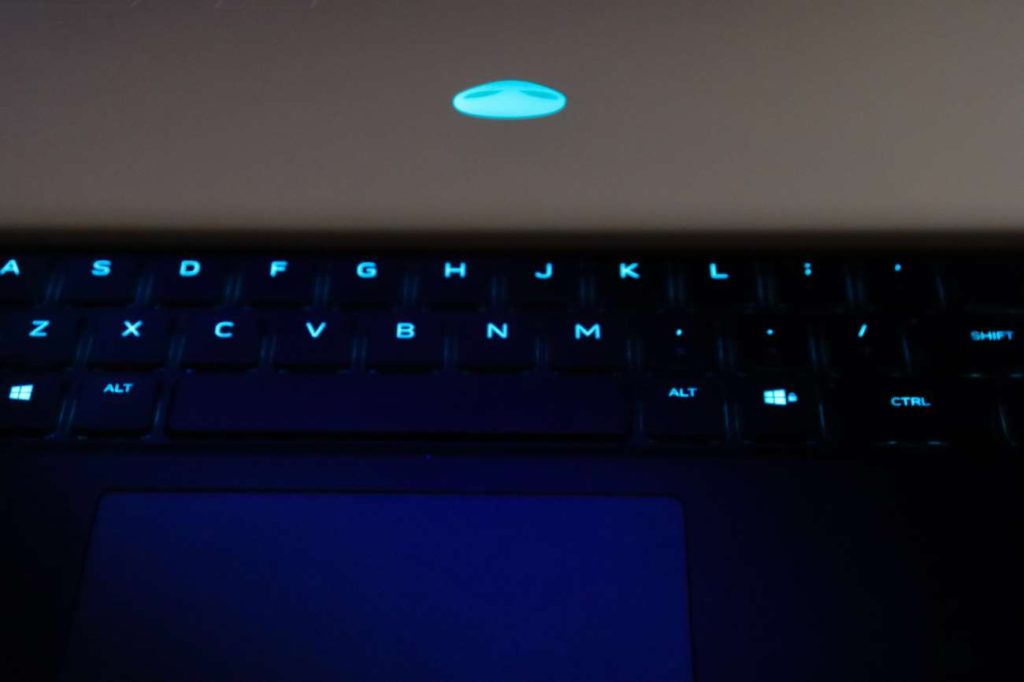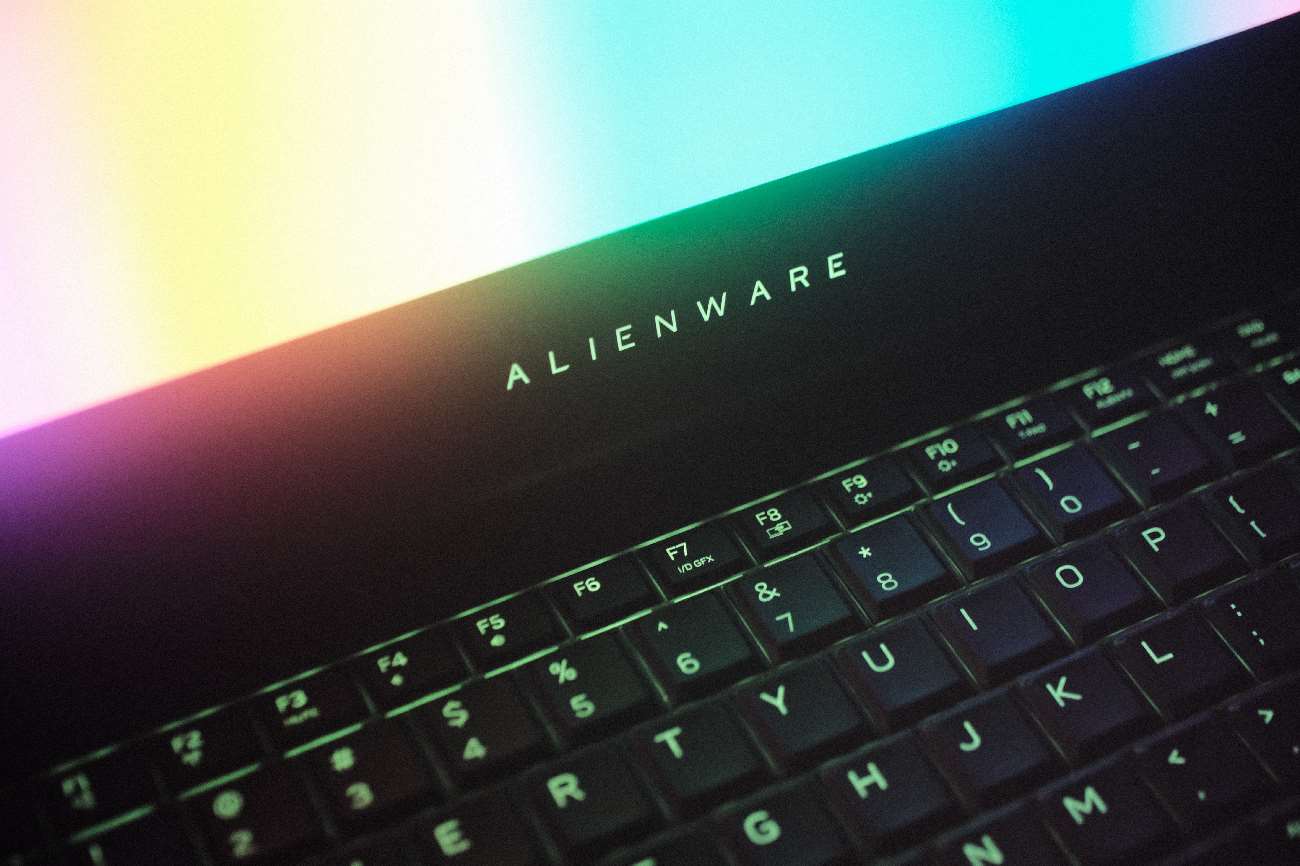As a subsidiary of Dell, Alienware benefits from many of the industry advantages Dell has acquired over its history. Thus, it is no surprise that the Alienware brand has carved out a niche in the laptop market.
With the overwhelming diversity of portable personal computing solutions on the market, any given laptop brand has to market and appeal to a specific section of the population if it wishes to survive and be profitable. However, marketing prowess is not the same as being worth the price.
This article will tell you whether Alienware laptops are worth it or not and why.
Is Alienware Laptop Worth It?
Whether Alienware laptops are worth it depends partly on your requirements for a laptop and partly on what other laptop brands offer. Alienware laptops are expensive (the cheapest Alienware laptop available on Dell’s website costs $1500, while some other laptops are sold at under $500), and for the average laptop user, the price the company charges for one of its laptops is excessive when compared to the benefits received by the user.
However, Alienware laptops are not intended to be used by the average laptop user; they are designed for gamers, and their high prices are due to the features offered by an Alienware laptop; these features are well worth the price if the laptop’s user needs them.
Specifically, Alienware laptops provide excellent processing power, large amounts of random access memory (RAM), and quality displays.

Alienware Laptop Specs
Powerful Processors
As a gaming brand, Alienware focuses a lot of its energies on its laptops due to how important powerful processors are for supporting the multitude of processes required to run a game smoothly. For example, the Alienware X17 R2 offers a 12th generation, Core-i9 processor with a 24MB cache, 20 threads, 14 cores, and a Turbo Boost frequency of 5 GHz.
To understand the implications of these specifications, it is essential to understand each of these terms. Also, let us compare these specifications to those available on the MacBook Pro, the highest-end laptop produced by Apple, which is Dell’s competitor and the company that owns 91% of the market for personal computers that cost $1000 or more.
For context, the “24 MB Cache” on the Alienware X17 R2 refers to the central processing unit (CPU) cache, which is a form of memory located close to a processor that helps to store data that the processor frequently requests. In this way, the cache allows the processor to perform faster by enabling the processor to avoid the inconvenience of requesting the data from the laptop’s main memory every time it needs it.
In contrast, the MacBook Pro offers a central processing unit cache of up to 16MB. Also, the cores of a central processing unit are the actual processors within that central processing unit. Hence, a central processing unit with 2 cores is a dual-core central processing unit, while one with 4 cores is a quad-core central processing unit.
In comparison to the Alienware X17 R2, the processor for the Macbook Pro maxes out at just 8 cores. The more cores a central processing unit has, the more tasks that the central processing unit can carry out simultaneously, and that has an immense effect on the laptop’s overall performance.
In addition, the threads of a laptop are cores that are virtual (in contrast to the number of physical cores the processor has). Notice that the threads on the Alienware X17 R2 are 20 while it has just 14 cores. By converting its physical cores to virtual cores, the Alienware X17 R2 can increase its performance to be equivalent to a theoretical laptop with 20 cores.
In contrast, the Macbook Pro offers just 1 thread per core. Moreover, the 5GHz Turbo Boost frequency of the Alienware X17 R2 measures the number of operations its processors can perform at maximum operation in a single second. This metric can also be referred to as the processor’s peak speed.
A processor with a Turbo Boost frequency of 5GHz can perform up to 5 billion operations in a single second; this figure exceeds the 4.7GHz Turbo Boost frequency offered by the MacBook Pro. The importance of the Turbo boost is that it allows the processor to exceed its usual limitations. These limitations are set in place because even though the processor can achieve more, doing so constantly would overheat the laptop.
Therefore, this feature allows an Alienware laptop to balance performance with sustainability. Meanwhile, Grand Theft Auto V demands a speed of just 3.2GHz, meaning that an Alienware laptop is capable of exceeding most of the demands of this game.
Hence an Alienware laptop is worth it for users who need powerful processors for gaming.
Large Amounts of RAM
Random-access memory is a form of volatile storage that helps your laptop store information from processes it computes while going through the steps of its computations. It also allows your laptop to run a larger number of tasks at the same time. Because each game consists of multiple smaller tasks running simultaneously, a larger amount of random access memory translates to a better gaming experience.
Alienware laptops are worth it for those deeply invested in gaming because their laptops offer large amounts of random access memory. For example, the Alienware X17 R2 offers 64GB of DDR5, 4000MHz random access memory storage.
The term DDR5 stands for double data rate, 5th generation. Each generation of random access storage is faster than the last, and the 5th generation is the latest available on the market. The 4000MHz figure is similar to that seen on the central processing unit.
It is also referred to as the frequency or clock rate and refers to how many operations the random access storage can perform in a given second.
Overall, Grand Theft Auto V recommends just 8GB of random access memory which an Alienware laptop is capable of exceeding, as highlighted earlier.
The Display
As gaming laptops, Alienware laptops have excellent displays because the display affects the gaming experience of the user. For example, the Alienware X17 R2 offers a 17.3-inch liquid crystal display (LCD) that can achieve refresh rates of 360Hz and supports NVIDIA G-SYNC.
NVIDIA G-SYNC is a feature that matches display rates with the rate at which a laptop’s graphics processing unit produces images. This helps to prevent display lag and screen tearing. This is not strictly needed to play games, but it does improve the gamer’s experience significantly.
Final Thoughts
Whether Alienware laptops are worth it depends on the requirements of the user and how they stack up to their competitors. These laptops are designed primarily for gamers and are likely unsuitable for users who do not conform to these specific niches. Though expensive, Alienware laptops can outshine and exceed similar high-end brands in performance.
Specifically, they have superior processors and random access memory storage. These features help Alienware laptops to perform faster, produce higher frame rates, and lag less when gaming.

